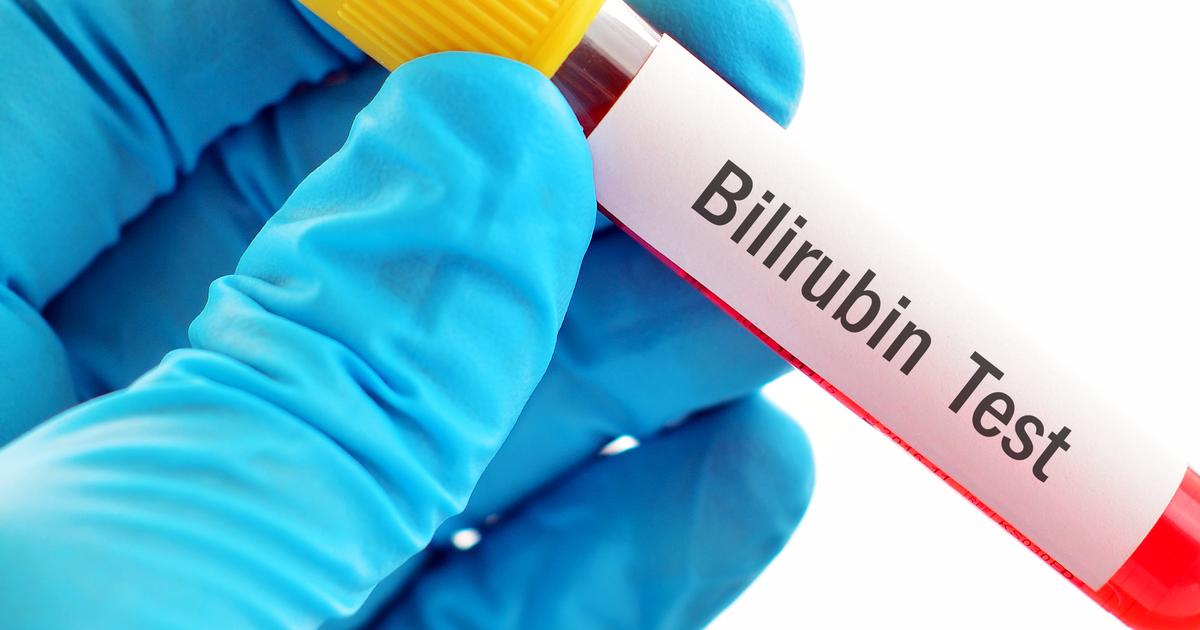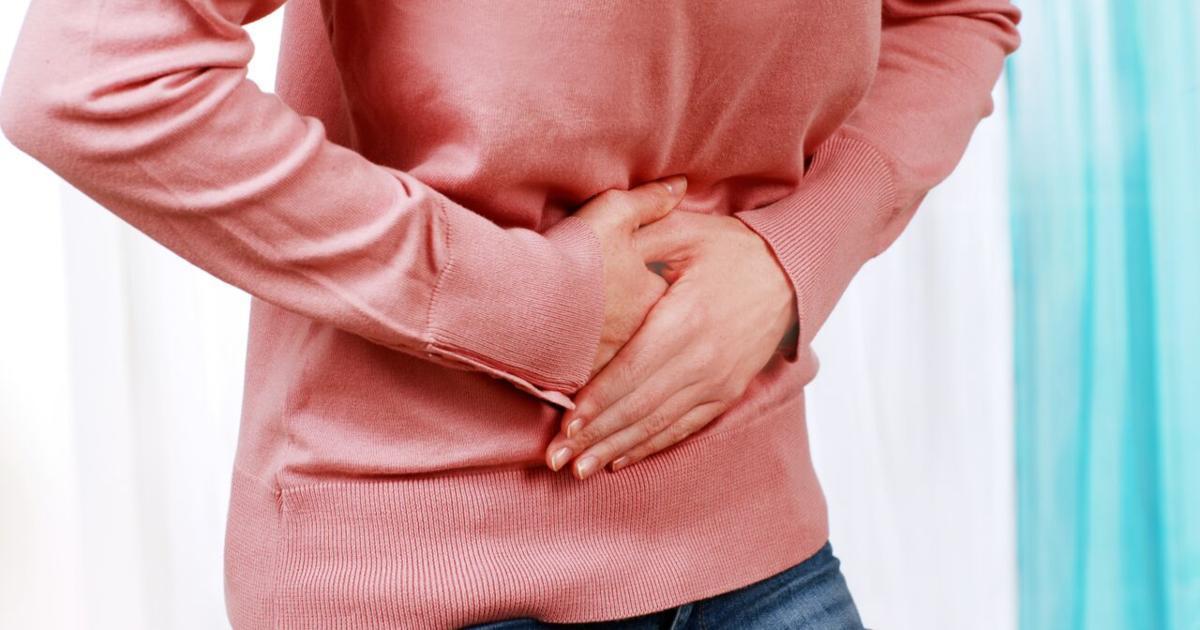Serious Causes And Complications Of Gallstones
When lumps or stones form in an individual's gallbladder or bile duct from the calcification or hardening of certain substances, they are referred to as gallstones. The small organ that sits underneath an individual's liver on the right-hand side of their body that concentrates and stores a special enzyme needed for digestion or bile is referred to as the gallbladder. Symptoms of gallstones include nausea, vomiting, pain on the right-hand side of the body, back pain between the shoulder blades, sweating, and restlessness. The diagnosis of gallstones is made with the use of x-ray scans, abdominal ultrasound, CT scans, endoscopic ultrasound, cholescintigraphy, cholangiography, and blood tests. Depending on an individual's symptoms and what their gallstones are composed of, treatment can include surgery to remove the stones or gallbladder, medication to dissolve the stones, diet changes, and antibiotics.
There are several causes and complications of gallstones. Get familiar with them now.
Too Much Cholesterol Or Bilirubin In Bile

An individual who has too much cholesterol or bilirubin in their bile may develop gallstones as a result of the chemical abnormalities. The gallbladder stores and concentrates bile before it is secreted into the small intestine to assist with the digestion of certain substances. When the levels of cholesterol or the amount of bilirubin in the bile become too high, solid particles can form and grow into stones. Solid particles develop in the bile because the concentrations of either cholesterol or bilirubin exceed the limits of their ability to be soluble. Most individuals who develop this condition have gallstones primarily composed of cholesterol. The reason for this is because the liver cells secrete cholesterol and phospholipid as unilamellar vesicles into the bile. When the bile reaches the gallbladder, the organ does its job and concentrates the bile. As the bile becomes more concentrated, the cholesterol content of it becomes higher and may form stones. When the liver secretes bile into the gallbladder in the presence of calcium, black pigment stones can develop. Gallstones made of a combination of these substances can also form as mixed gallstones.
Read more about the causes and complications of gallstones now.
Improper Gallbladder Emptying

Individuals who experience improper gallbladder emptying can develop gallstones as a result of their biliary malfunction and its effects on their bodies. When an individual consumes food, their gallbladder contracts and secretes bile into the first segment of the small intestine or the duodenum. This contraction is the result of the release of a hormone called cholecystokinin, which is triggered when food is detected in the small intestine. However, certain circumstances or conditions can cause an individual's body to not release this hormone to initiate the proper emptying of bile from the gallbladder. These conditions and circumstances include alcohol abuse, rapid weight loss, organ transplants, restrictive diets, poor muscle tone, organ failure, some medications, intravenous only nutrition, pregnancy, and stomach surgeries. When bile stagnates in the gallbladder, the organ continues to concentrate the fluid as more bilirubin and cholesterol are added. When these elements build up over time due to delayed emptying, they lose their solubility in the bile, sludge together, and crystallize, forming gallstones.
Keep reading to reveal more causes and complications of gallstones now.
